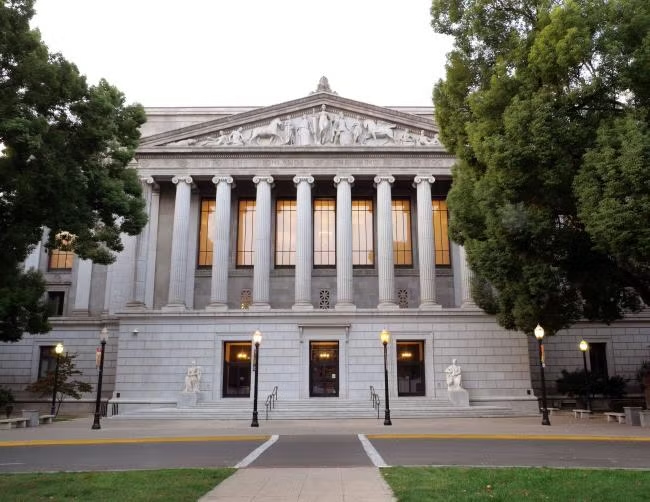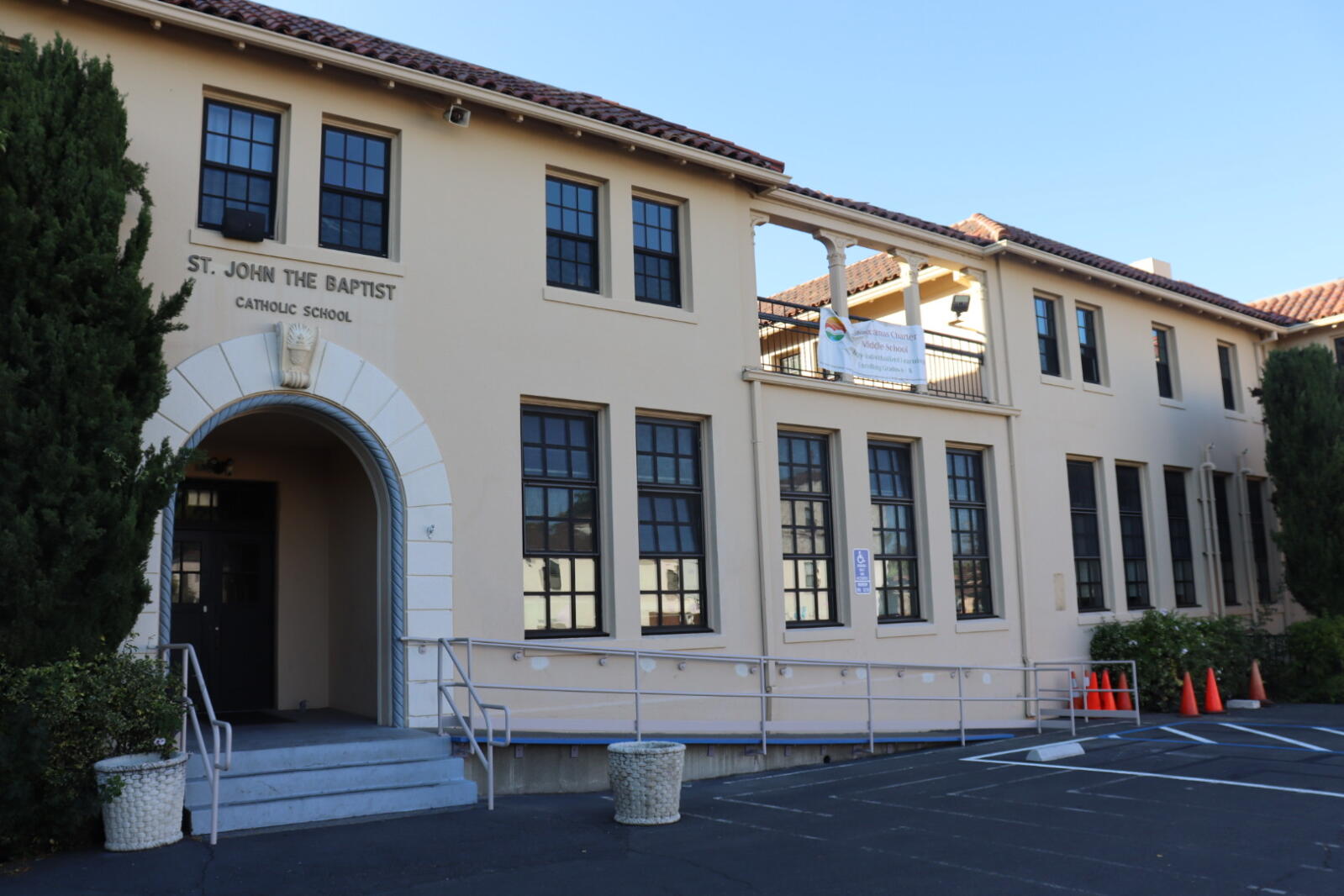On July 12, 2021, the California Department of Public Health (CDPH) published updated guidelines to facilitate the return to safe in-person instruction in California’s K-12 schools in the 2021-22 school year. Attached is a link to the CDPH’s guidelines. The guidelines include revised requirements in a variety of areas, including masking, quarantining, physical distancing and cleaning, and in most aspects follow the guidance issued by the federal Centers for Disease Control and Prevention (CDC) on July 9, 2021.
The “foundational principle” of the CDPH guidance is that “all students must have access to safe and full in-person instruction and to as much instructional time as possible.” The overarching intent of the guidelines is therefore to ensure schools take steps to maximize in-person learning and minimize any missed days throughout the school year. CDPH strongly emphasizes that the “surest path” to achieving these goals is through a combined effort of “universal masking in schools, which enables no minimum physical distancing,” increasing vaccinations for all eligible people, “more targeted” quarantine practices, and “access to a robust COVID-19 testing program.”
The most significant portions of the CDPH guidelines are summarized below.
MASK
Indoors. According to CDPH, “Masks are one of the most effective and simplest safety mitigation layers to prevent in-school transmission of COVID-19 infections and to support full-time in-person instruction in K-12 schools.” The guidelines issued on July 12 initially required all K-12 students to mask and specified that unmasked students must be barred from campus indoors (with limited exemptions specified in CDPH’s face mask guidance, including the wearing of alternates such as face shields due to medical conditions). However, within hours of release, CDPH issued a revised statement indicating that each local educational agency (LEA) has the discretion to determine how to enforce the mask mandate, in the same manner as during the past school year (2020-21). School officials are directed to develop and implement a “local protocol” to enforce masking rules, which does not necessarily include barring students who do not wear masks from campus and should include offering an “alternative educational opportunity” to any student excluded from campus because they will not wear a face covering. In this respect, LEAs must consider the provisions of recently-enacted Senate Bill 130 which requires schools to offer independent study programs for the 2021-22 school year to any student whose parent/guardian determines that in-person instruction would present a health risk for their student. (Education Code § 51745(a)(6).) LEAs should also have a protocol in place for providing a face covering to any student who inadvertently fails to bring one to school.
Outdoors. Masks are optional outdoors for all K-12 students. CDPH’s latest guidance leaves to each LEA how to enforce the mask mandate, and as yet the CDPH has provided no guidance regarding the extent of the enforcement actions required or consequences for failing to ensure that all students wear masks indoors during the school day. This lack of specificity regarding enforcement options or parameters has created confusion for LEAs, particularly those where anti-mask sentiment may cause large numbers of children to refuse to comply with enforcement measures while demanding to remain in an in-person school environment. While we await further guidance, we suggest that LEAs begin developing protocols that are specific as possible in regards to steps districts will take to enforce the mandate, and the potential consequences to students for failing to wear masks where required. LEAs should also provide sufficient and timely notice to parents, guardians and students of these protocols in order to minimize challenges. When preparing protocols, LEAs should be mindful that K-8 students cannot be suspended or expelled for “defiance” for refusing to wear a mask (see Education Code § 48900(k)), thus alternative means of enforcement will need to be developed.
CDPH is expected to release guidance later today (July 16, 2021), which we hope will address these important enforcement questions.
CDPH is expected to continue to assess conditions on an ongoing basis, and no later than November 1, 2021 will determine whether to update the mask requirements or recommendations.
QUARANTINE
Unvaccinated students. As part of the effort to keep students in school to the greatest extent possible, CDPH lessened some quarantine requirements for unvaccinated students. An unvaccinated student who is exposed in an indoor classroom while wearing a mask, even in a “close contact” situation with an infected person, may undergo a modified 10-day quarantine and continue to attend school and extracurricular activities if they are asymptomatic, continue to appropriately mask when required, and undergo at least twice-weekly testing during the quarantine. An unvaccinated student who was not wearing a mask when exposed in an indoor close contact setting is required to quarantine for 14 days as under current guidelines, but this may be shortened to 10 days if the student remains asymptomatic, or to 7 days if a negative test is received after the fifth day following exposure.
Vaccinated students. Vaccinated students exposed in a close contact setting should continue to follow CDPH’s current Guidance for Fully Vaccinated People, which does not require quarantining or testing following a known exposure so long as asymptomatic.
Any student diagnosed with COVID-19 should continue to follow existing CDPH Isolation Guidance.
PHYSICAL DISTANCING
According to CDPH, “recent evidence indicates that in-person instruction can occur safely without minimum physical distancing requirements when other mitigation strategies (e.g., masking) are implemented.” Therefore, physical distancing is not mandated. This is consistent with CDC’s current guidelines.
CLEANING
Cleaning and disinfecting guidelines have been updated to recommend once a day under usual circumstances. If a person diagnosed with COVID-19 has been in a facility within the last 24 hours, the space should be cleaned and disinfected.
OTHERS
The CDPH guidance contains additional recommendations for ventilation, testing, case reporting and contact tracing, hand hygiene, food service, vaccine verification, safety planning, disabled students and visitors.
DWK will issue further recommendations as guidance from agencies is issued. If you would like further information on developing protocols for enforcing the mask mandate, or any of the other topics, please contact a DWK attorney. For more information regarding the impact of COVID-19 on your district’s operations, please visit our COVID-19 Resources page.



![25_0123 DWK 2025 BIT Thumbnail_500x500[1]](https://www.dwkesq.com/wp-content/uploads/2025/02/25_0123-DWK-2025-BIT-Thumbnail_500x5001.jpg)